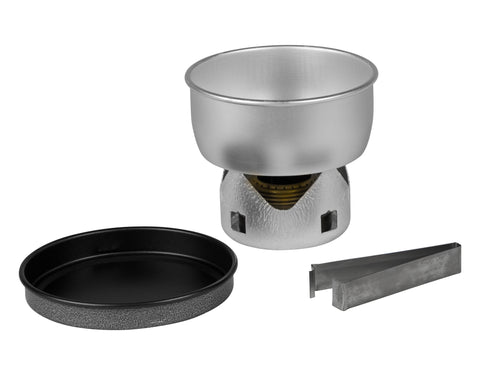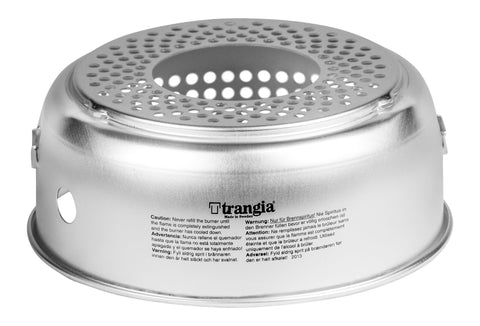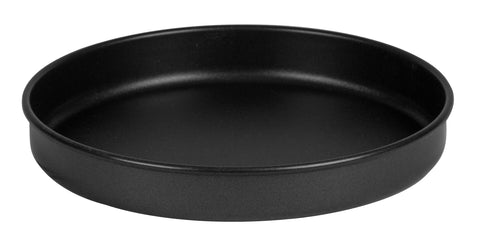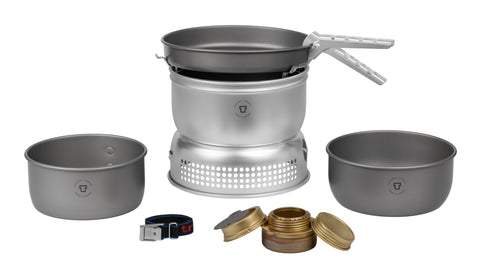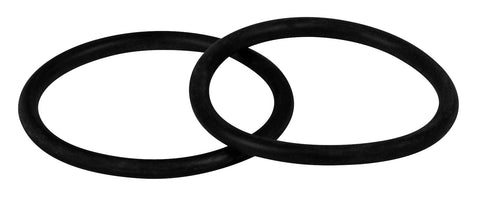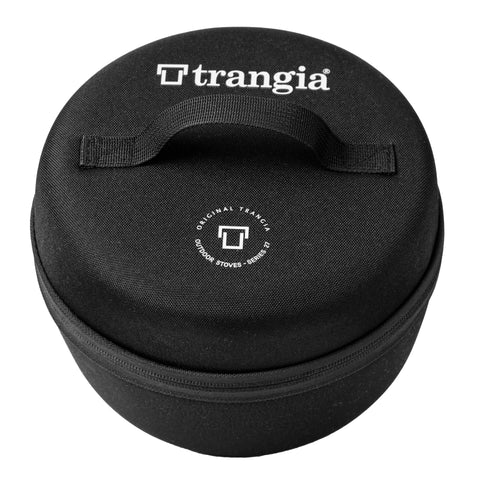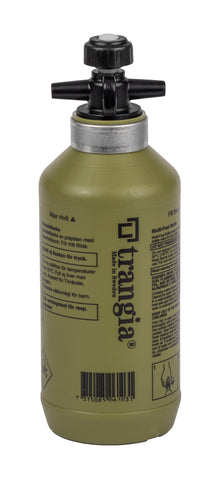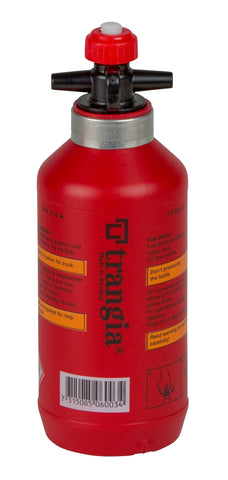Trangia
Trangia was founded in 1925 by John E. Jonsson. His passion for technology and his zeal as a designer were demonstrated at an early age. Rejecting life as a farmer, John and his father-in-law decided to start the company that for generations has been leading the Swedish windproof stove industry. They started out manufacturing household pots in aluminium. However, as the number of holidays increased for Swedish workers in the 1930s, the demand for camping equipment grew. Trangia decided to focus on the development of cooking products specifically for camping.
In 1938 John’s two sons, Olle and Erik, started working with their father and 1951 the first prototype of the Trangia stove system was developed and launched. The idea was to build a compact and complete cooking system burning liquid fuel, as this was the most efficient form of fuel and also the easiest to use. In the 1970s, Erik’s sons, Bengt and Lennart, joined their father at Trangia. Today Bengt is the CEO and Lennart is responsible for technical development. The company and its inventiveness have been passed down from generation to generation and in more recent years the 4th generation has started taking an active role in the company.
The name Trangia is derived from the village of Trång. John decided to remove the circle above the “a” and then add “ia” for “in aluminium”. For decades, the name has been one of the outdoor market’s strongest brands both in Sweden and internationally. Trangia represents long experience, solid competence and modern design. The Trangia stove has during its 60 years been developed and refined. The Trangia stove is still manufactured in Sweden, in the same village where John E. Jonsson started the business 90 years ago. The proximity of the mountains has made practical tests in harsh weather conditions, a natural part of the business. Details have been modernised and function has been optimised. However, the original, ingenious design is still the key to today’s successful Trangia stove.
The heart of the storm-proof stove system is the two-part windshield. The ventilation holes in the lower windshield are turned to face the wind to increase the oxygen supply to the burner. If the wind becomes too strong, the stove is turned to maintain the required flame. The Trangia spirit burner runs on Tenol or methylated spirits which are low cost, safe and readily available. The combined frypan/lid can be put on top of the pan to speed up heating and save fuel. The stove stands stable, with the pan on the supports recessed into the upper windshield. The supports are turned upwards when the frypan is used. The Trangia stove can also be used with a gas, multifuel or gel burner, which all can be found in The Trangia range of accessories.
In 1938 John’s two sons, Olle and Erik, started working with their father and 1951 the first prototype of the Trangia stove system was developed and launched. The idea was to build a compact and complete cooking system burning liquid fuel, as this was the most efficient form of fuel and also the easiest to use. In the 1970s, Erik’s sons, Bengt and Lennart, joined their father at Trangia. Today Bengt is the CEO and Lennart is responsible for technical development. The company and its inventiveness have been passed down from generation to generation and in more recent years the 4th generation has started taking an active role in the company.
The name Trangia is derived from the village of Trång. John decided to remove the circle above the “a” and then add “ia” for “in aluminium”. For decades, the name has been one of the outdoor market’s strongest brands both in Sweden and internationally. Trangia represents long experience, solid competence and modern design. The Trangia stove has during its 60 years been developed and refined. The Trangia stove is still manufactured in Sweden, in the same village where John E. Jonsson started the business 90 years ago. The proximity of the mountains has made practical tests in harsh weather conditions, a natural part of the business. Details have been modernised and function has been optimised. However, the original, ingenious design is still the key to today’s successful Trangia stove.
The heart of the storm-proof stove system is the two-part windshield. The ventilation holes in the lower windshield are turned to face the wind to increase the oxygen supply to the burner. If the wind becomes too strong, the stove is turned to maintain the required flame. The Trangia spirit burner runs on Tenol or methylated spirits which are low cost, safe and readily available. The combined frypan/lid can be put on top of the pan to speed up heating and save fuel. The stove stands stable, with the pan on the supports recessed into the upper windshield. The supports are turned upwards when the frypan is used. The Trangia stove can also be used with a gas, multifuel or gel burner, which all can be found in The Trangia range of accessories.

